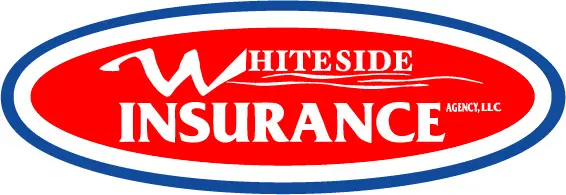Bald tires are bad news.
Old worn out shoes with little tread can be comfortable friends. But old worn out tires can be deadly. What’s the difference?
Shoes keep your body upright and moving forward, just like tires keep your car upright and moving forward. But when it comes time to stop, your shoes have to stop roughly 100 to 200 pounds moving at 3 miles per hour. On the other hand, your tires need to stop approximately 3,000 pounds of sheet metal moving at speeds often in excess of 55 miles per hour. That’s no easy task.
If you need new shoes, you can wait. If you need new tires, you can’t.
Bare Facts
Fact #1
There were over 1.3 million car motor vehicle crashes related to weather conditions between 2002 and 2012. Most of these were on wet, rainy, snow and sleet covered roads. In almost half of these accidents, passengers and drivers were injured. Worse, over 6,000 people died.
Fact #2
Tires with not enough tread take longer to stop on wet or slushy roads. That means that bald tires keep on going- even when you tell them to stop. That contributes to the injury and death of people who didn’t know when they got up in the morning that bald tires might kill them that day.
Fact #3
Nearly half of all vehicles on the road today have at least one tire with half-worn tread, and 10 percent have at least one bald tire, according to a recent NHTSA study. That means that nearly half of all vehicles on the road take longer to stop when they slam on the brakes than they should. And it means that 1 out of 10 cars on the road have bald tires.
Bald Tires
What is a bald tire?
A tire is considered “bald” when it has less than 2/32 (1/16) of an inch tread depth. Most states have laws that require at least 1/16 of an inch of tread, and you can be subject to a ticket and fine if you have a bald tire. You should do a Google search to find your state requirement.
Then more than 1/6th of an inch means I’m safe?
Not always. If you are driving on wet roads, your tires should have at least 2/16 of an inch of tire tread remaining. And if you live in areas where there is snow and slush, you should have at least 3/16 of an inch of tread to bite into the snow. A new tire typically has about 5/16 of tread depth.
Does it really make a difference?
Yes! Balding tires are one of the biggest safety threats on the road today. As the tread on your tires shrinks, you will experience more hydroplaning and potential for spinning out on wet or slushy roads. Spin-outs and loss of control can result in death and injury.
And spin-outs are not the only threat. Even with Automatic Braking Systems (ABS), your stopping distance is dramatically affected by the tread on your tires.
According to a Good Morning America study, there is a frightening difference between “enough tread” and “not enough tread” in how long it takes to stop your car. Watch this short video to see the demonstration.
In the video, Good Morning America tested 3 identical cars, all travelling the same speed on a wet road. The only difference was the depth of the tread on the tires. The vehicle with new tires (10/32 tread) stopped in 195 feet. When the difference was a “still legal but beginning to bald” tread depth of 2/16 (4/32) of an inch, the distance to stop was 290 feet. And when the tires were bald (1/16th of an inch of tread), the stopping distance was 379 feet!
People die when tires wear out.
George Washington
How does George Washington help save lives?
Simple. Pull a quarter out of your pocket, walk over to your car, and place the quarter upside down in the tread. If you can see all of George’s head, your tires are balding. It’s that simple.
The Quarter Test
If all of George Washington’s head is showing, that means the tread depth is less than 4/32, and it’s time to replace your tires.
The Penny Test
Place a penny upside down in the tread, and if all of Lincoln’s head is showing, your tread depth is less than 2/32 of an inch, and your tires need to be replaced immediately.
Of course there are wear bars on all modern tires that visually indicate the need for tire replacement, There are also depth gauges that your tire dealer can use to give an exact reading of the tread depth. But the basic “penny test” and the even better “quarter test” will give you a quick idea of whether or not you should call your automotive specialist.
Check Your Tires. Now.
If you have any concerns, call your local auto repair person.
Thanks for following us here at Whiteside Insurance. We are ready to help you with any auto insurance questions you may have. If you think this article can help a friend or family member, please feel free to forward it to them.
